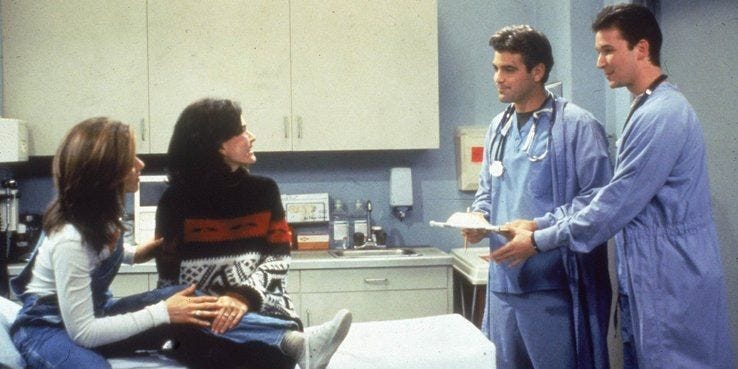The 25th anniversary of Friends, ER, and Chicago Hope
Always Be Watching is written by Dan Barrett who was really more of a 1995 guy.

This week marks the anniversary of some of TV’s biggest shows. It is the 25th anniversary of ER, Friends, and Chicago Hope. The 20th anniversary of The West Wing and Freaks & Geeks, and the 10th anniversary of The Good Wife. All great, popular TV shows that have each become iconic and held up as examples of great TV.
I’m particularly interested in ER, Fr…
Keep reading with a 7-day free trial
Subscribe to Always Be Watching to keep reading this post and get 7 days of free access to the full post archives.



